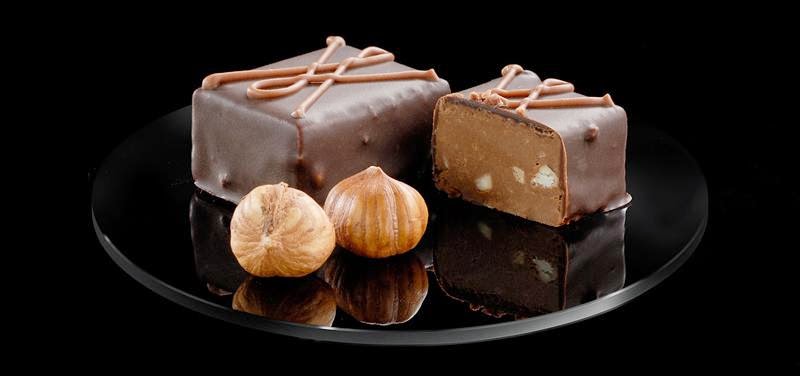 |
| Unfair Competition? |
However, further aims of a trade fair include making contacts and displaying the skills of the exhibitor. In the case of the international trade fair on confectionery ISM with the headline
"Sweets as always. More snacks than ever before.", both of these aims may obviously include using cookies (real ones with flour and a lot of butter, not the ones in your web browser ...).
In the decision Pralinenform II, the BGH had already ruled that displaying pralines with a 3-dimensional shape protected as a trademark on a trade fair does not as such imply that the praline is offered for sale.
According to the press release relating to the (yet unpublished) decision I ZR 133/13, this has now been confirmed for the question whether displaying counterfeit cookies amounts to unfair competition.
As discussed here, the this jurisdiction has been applied to patent law in some instances. As a rule, the German courts judge the nature of the activities on a trade fair by taking account of detailed secondary indicia such as the overall external appearance of the booth, the kind of fair and the details of the display (see e.g. here), which risks to increase the complexity of the case beyond what is manageable in a preliminary ruling.
Obtaining a preliminary injunction based on activities on a trade fair in intellectual property matters will become more and more complicated following the decision I ZR 133/13. In any event, it is essential to gather detailed evidence on how the offer or display was perceived.
No comments:
Post a Comment